Steamed buns, known as bao zi in Chinese cuisine, are a beloved staple in many cultures around the world. These soft, fluffy treats, often filled with savory or sweet ingredients, have captured the hearts (and stomachs) of millions. However, a common dilemma arises when leftovers are left sitting out: Is it safe to eat steamed buns that have been left overnight? This question touches on food safety, storage practices, and the delicate balance between convenience and health risks. This article delves into the science behind food spoilage, the factors influencing the shelf life of steamed buns, and actionable tips to determine whether your overnight bao zi is still edible.
Understanding Steamed Buns: Composition and Perishability
Steamed buns are typically made from a simple dough of flour, water, yeast, and sometimes baking powder. The dough is steamed rather than baked, resulting in a moist, tender texture. The fillings can vary widely, from seasoned meats and vegetables to red bean paste or custard. The perishability of steamed buns depends on several factors:
- Ingredients: Meat-filled buns (e.g., char siu bao) are more prone to bacterial growth due to their protein content, while vegetarian or sweet fillings may last slightly longer.
- Moisture Content: The high moisture content of steamed buns creates an ideal environment for microorganisms to thrive.
- Storage Conditions: Temperature, humidity, and exposure to air or contaminants play critical roles in determining how quickly spoilage occurs.
The Dangers of Improper Storage: Bacteria and Beyond
When steamed buns are left at room temperature overnight, they enter the “danger zone” for bacterial growth—between 40°F (4°C) and 140°F (60°C). In this range, pathogens like Bacillus cereus, Staphylococcus aureus, and Escherichia coli can multiply rapidly, producing toxins that cause foodborne illnesses. Symptoms may include nausea, vomiting, diarrhea, and in severe cases, hospitalization.
Key Risk Factors:
- Time: The longer food sits in the danger zone, the higher the risk.
- Temperature: Warm, humid environments accelerate bacterial growth.
- Contamination: Cross-contamination from hands, utensils, or surfaces introduces harmful bacteria.
Signs That Your Steamed Buns Have Spoiled
Determining whether overnight steamed buns are safe to eat requires careful inspection. Use your senses—sight, smell, and touch—to assess their condition:
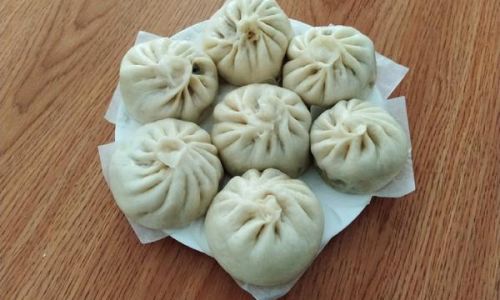
-
Visual Cues:
- Mold: Fuzzy spots in green, white, or black indicate spoilage.
- Discoloration: Grayish or dull patches may signal oxidation or bacterial activity.
- Shrinkage or Dryness: Overly dried-out buns could be stale but not necessarily unsafe.
-
Odor:
A sour, rancid, or ammonia-like smell is a red flag. Fresh steamed buns should have a neutral, slightly doughy aroma.
-
Texture:
- Slimy or sticky surfaces suggest bacterial growth.
- Overly hard or brittle buns may be stale but not harmful.
Important Note: Some bacteria, like Bacillus cereus, do not alter the appearance, smell, or taste of food significantly. Even if the buns seem “fine,” they could still harbor dangerous toxins.
Safe Storage Practices: Extending Shelf Life
To maximize the freshness and safety of steamed buns, follow these guidelines:
-
Refrigeration:
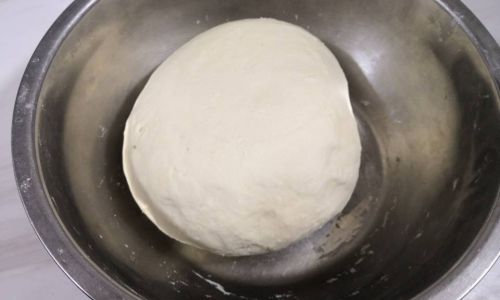
- Store leftover buns in an airtight container or resealable plastic bag within two hours of cooking.
- Refrigerate at 40°F (4°C) or below. Properly stored, they can last 3–4 days.
-
Freezing:
- For longer storage, freeze buns in a single layer on a baking sheet before transferring them to a freezer-safe bag.
- Frozen steamed buns retain quality for 1–2 months. Thaw them in the refrigerator overnight before reheating.
-
Reheating:
- Steam frozen or refrigerated buns for 5–10 minutes until heated through.
- Avoid microwaving without a damp paper towel to prevent dryness.
The Overnight Question: To Eat or Not to Eat?
If your steamed buns were left uncovered or in a warm environment overnight, the safest answer is discard them. However, if they were stored properly (e.g., in an airtight container in the refrigerator), they may still be edible. Use the following checklist:
- Was the storage temperature below 40°F (4°C)?
- Were the buns covered to prevent contamination?
- Do they show no signs of spoilage (mold, odor, sliminess)?
If you answer “yes” to all three, reheating them thoroughly may reduce some risks. However, err on the side of caution if you’re uncertain.
Cultural Practices and Food Safety
In some cultures, leaving food out overnight is a traditional practice, often tied to convenience or superstition. For example, in parts of Asia, it’s not uncommon to leave bao zi on the table for breakfast the next morning. However, modern food safety standards emphasize the risks of such habits. While occasional consumption of improperly stored food might not cause harm, repeated exposure increases the likelihood of illness.
Debunking Myths: Common Misconceptions
-
“If it doesn’t smell bad, it’s safe.”
Reality: Many pathogens do not produce noticeable odors until severe spoilage occurs. -
“Reheating kills all bacteria.”
Reality: While cooking can destroy most bacteria, some toxins (like those from Bacillus cereus) are heat-resistant and remain dangerous.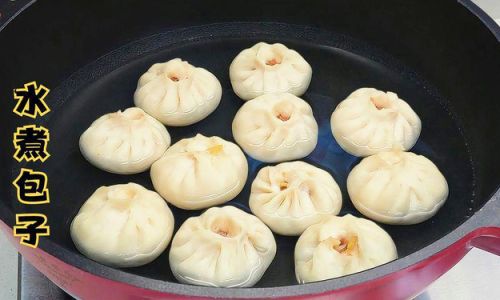
-
“Freezing stops bacterial growth.”
Reality: Freezing halts bacterial activity but does not kill existing pathogens. Thawed food should be handled and cooked promptly.
When in Doubt, Throw It Out
The cost of replacing a few steamed buns is minimal compared to the medical expenses and discomfort of food poisoning. If you’re unsure about the safety of your leftovers, follow this golden rule: When in doubt, throw it out.
Conclusion: Balancing Tradition and Safety
Steamed buns are a culinary treasure, but their safety hinges on proper handling. By understanding the risks of improper storage, recognizing spoilage signs, and adhering to food safety guidelines, you can enjoy bao zi without compromising your health. Whether you’re a home cook or a food enthusiast, prioritizing hygiene and temperature control ensures that this beloved treat remains a delight—not a danger.
Final Tip: Label your leftovers with the date and time of storage to keep track of their freshness. A small organizational effort can save you from a world of gastrointestinal trouble!
This article has explored the intricacies of steamed bun safety, blending scientific insight with practical advice. By applying these principles, you can savor your bao zi with confidence, knowing you’ve balanced tradition with modern food safety standards.
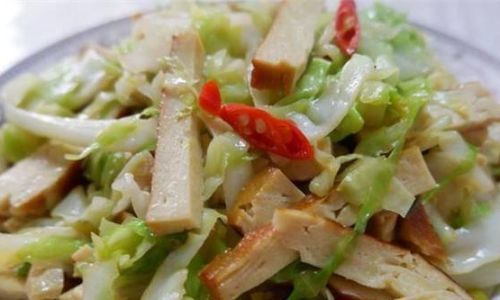
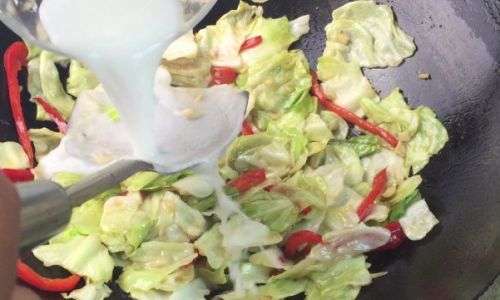
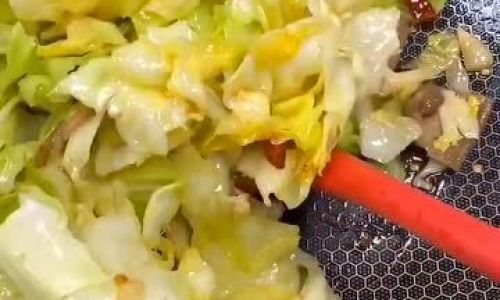
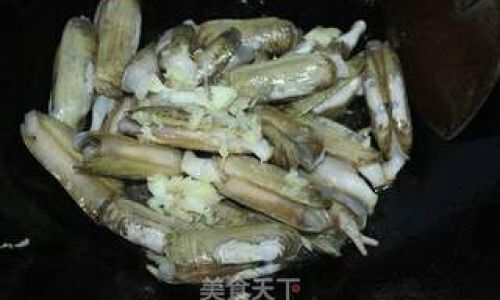
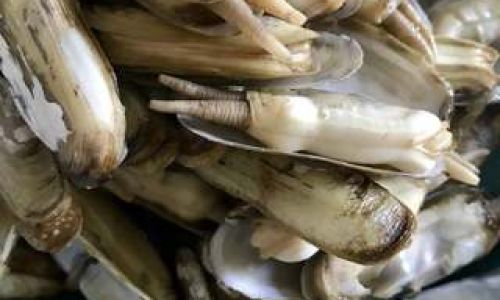
0 comments